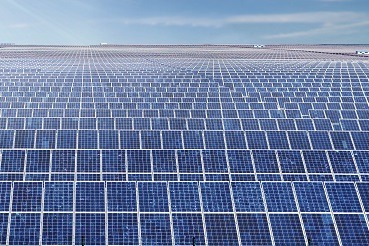Reduce risk and avoid unnecessary costs
The purpose of a Passive Harmonic Filter is almost identical to that of an Active Harmonic Filter. Both types of Harmonic Filter are used to reduce harmonic pollution and associated risks. A Passive Harmonic Filter does not have the extra functionality required to improve the cos phi or perform load balancing, which an Active Harmonic Filter can do. During the design phase, system resonance and its effect on the network impedance must be taken into account. Unlike the Passive Filter, which can be connected in parallel as well as in series, the Active Filter is almost always connected in parallel. An Active Harmonic Filter is, therefore, often dimensioned for the total harmonic pollution in the network or implemented for loads with a fluctuating harmonic spectrum.
Advantages of installing a Passive Harmonic Filter
Static operation
Operation of a Passive Harmonic Filter is static. If the current harmonic spectrum changes, the parameters of the Passive Filter will need to be reset to ensure proper functioning. In practice, a Passive Filter is often applied to loads that constantly produce the same spectrum of harmonic pollution.

